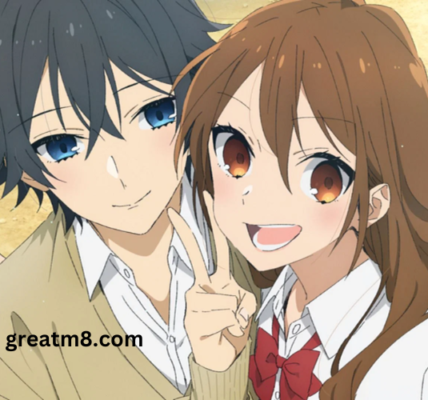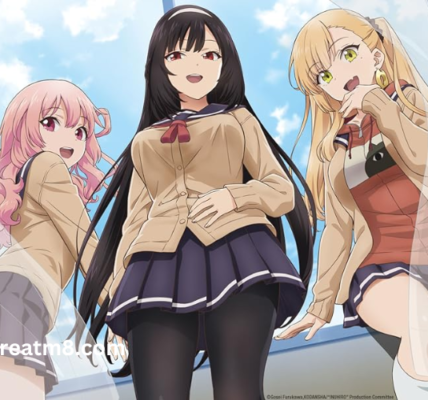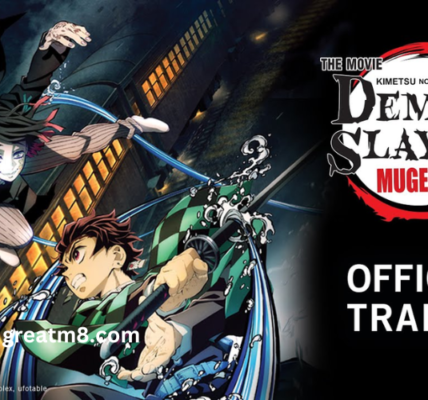Anime, a distinctive form of animation originating from Japan, has grown immensely in popularity and influence over the decades. As with any artistic medium, anime has undergone significant evolution, particularly in its narrative techniques. From its early days of simplistic storytelling to the complex, multi-layered narratives of today, contemporary anime showcases a rich tapestry of storytelling methods that reflect cultural shifts, technological advancements, and the creative vision of its creators. This article delves into the evolution of narrative techniques in contemporary anime, examining the factors that have influenced these changes and highlighting key examples that illustrate this dynamic transformation.
The Early Days: Foundations of Anime Narratives
The origins of anime can be traced back to the early 20th century, with early works like “Namakura Gatana” (The Dull Sword) in 1917 and the more substantial “Momotaro: Umi no Shinpei” (Momotaro, Sacred Sailors) in 1945. These early anime productions were heavily influenced by traditional Japanese storytelling, often drawing from folklore, kabuki theater, and literary works. The narratives were straightforward, often centered around moral lessons, heroic journeys, and cultural themes.
The 1960s and 1970s saw the emergence of iconic series such as “Astro Boy” (1963) by Osamu Tezuka and “Lupin III” (1971). These series laid the groundwork for future anime by establishing recurring narrative tropes and character archetypes. Tezuka, often referred to as the “God of Manga,” played a pivotal role in shaping early anime storytelling with his cinematic techniques and complex characters. His work introduced a more dynamic and emotional narrative style, which would become a hallmark of the medium.
The 1980s and 1990s: Experimentation and Expansion
The 1980s marked a period of experimentation and expansion for anime narratives. The industry saw a surge in both the quantity and quality of productions, driven by advancements in animation technology and increased investment. This era gave birth to many influential works that pushed the boundaries of storytelling.
One of the most notable developments was the rise of the mecha genre, exemplified by series like “Mobile Suit Gundam” (1979) and “Neon Genesis Evangelion” (1995). These series combined intense action with deep psychological and philosophical themes. “Neon Genesis Evangelion,” in particular, revolutionized anime narratives by blending mecha battles with existential angst, psychological trauma, and religious symbolism. The series’ complex characters and non-linear storytelling challenged audiences and set a new standard for narrative depth in anime.
Another significant development during this period was the emergence of cyberpunk and dystopian themes. “Akira” (1988), directed by Katsuhiro Otomo, is a landmark film that exemplifies this trend. Its narrative, set in a post-apocalyptic Tokyo, explores themes of power, corruption, and the human condition. “Akira” is renowned for its intricate plot, detailed world-building, and philosophical undertones, influencing countless subsequent works in the genre.
The 2000s: Diversification and Digitalization
The turn of the millennium brought further diversification and digitalization to anime narratives. With the advent of digital animation techniques, creators gained new tools to enhance their storytelling. This period saw the rise of varied genres and narrative styles, catering to a broader audience.
One of the defining series of the 2000s is “Naruto” (2002), which, along with “One Piece” (1999) and “Bleach” (2004), popularized the shonen genre worldwide. These series feature long-running, serialized narratives that follow the growth and adventures of young protagonists. The extensive character development, intricate world-building, and thematic depth in these series captivated audiences and demonstrated the potential of long-form storytelling in anime.
On the other end of the spectrum, anime like “Cowboy Bebop” (1998) and “Samurai Champloo” (2004) showcased episodic narratives with overarching themes. “Cowboy Bebop” blends sci-fi, noir, and Western genres, using its episodic structure to explore diverse stories and characters within a coherent universe. “Samurai Champloo” combines historical settings with modern sensibilities, using music and visual style to create a unique narrative experience.
The 2000s also witnessed the emergence of anime that tackled complex social issues and personal introspection. “Serial Experiments Lain” (1998) and “Paranoia Agent” (2004) delve into themes of identity, reality, and the impact of technology on society. These series employ non-linear storytelling, surreal imagery, and psychological depth to create thought-provoking narratives that challenge viewers’ perceptions.
The 2010s: Innovation and Cross-Media Narratives
The 2010s marked a period of significant innovation in anime narratives, driven by advancements in technology, globalization, and the increasing integration of cross-media storytelling. This era saw anime expanding beyond traditional boundaries, incorporating elements from video games, light novels, and webtoons.
“Attack on Titan” (2013) is a prime example of a series that redefined narrative techniques in anime. Its gripping plot, characterized by unexpected twists, intricate world-building, and moral ambiguity, captivated a global audience. The series’ use of cliffhangers, flashbacks, and multiple perspectives added layers of complexity to the narrative, keeping viewers engaged and invested.
Another notable trend in the 2010s is the rise of anime adaptations of light novels and webtoons. Series like “Sword Art Online” (2012) and “Re
Starting Life in Another World” (2016) brought new narrative techniques from these mediums into anime. “Sword Art Online” explores virtual reality and the boundaries between the real and digital worlds, using episodic arcs to delve into different aspects of its universe. “Re
” employs a time-loop mechanic, allowing for deep character exploration and emotional resonance as the protagonist relives traumatic events.
The 2010s also saw the emergence of anime that embraced unconventional storytelling methods. “Puella Magi Madoka Magica” (2011) subverts the magical girl genre, using dark themes, psychological depth, and non-linear storytelling to create a narrative that is both captivating and unsettling. “Steins;Gate” (2011) blends sci-fi and thriller elements, using time travel as a central plot device to weave a complex and emotionally charged story.
Contemporary Trends and the Future of Anime Narratives
As we move into the 2020s, contemporary anime continues to evolve, reflecting broader cultural, technological, and artistic trends. One of the most significant developments is the increasing focus on diversity and representation in anime narratives. Series like “My Hero Academia” (2016) and “Demon Slayer: Kimetsu no Yaiba” (2019) feature diverse casts of characters, each with unique backgrounds and motivations. These series emphasize themes of inclusivity, resilience, and personal growth, resonating with a global audience.
Another emerging trend is the integration of advanced animation techniques and digital storytelling tools. “Your Name” (2016), directed by Makoto Shinkai, exemplifies this trend with its stunning visuals, intricate plot, and emotional depth. The film’s narrative, which intertwines themes of love, fate, and time, showcases the potential of digital animation to enhance storytelling in anime.
The rise of streaming platforms has also had a profound impact on anime narratives. Platforms like Netflix, Crunchyroll, and Amazon Prime Video have made anime more accessible to international audiences, fostering a global fanbase and encouraging the production of diverse and innovative content. Series like “Devilman Crybaby” (2018) and “Beastars” (2019) have gained acclaim for their bold storytelling, mature themes, and unique visual styles, reflecting the creative freedom enabled by these platforms.
Looking to the future, it is likely that anime narratives will continue to evolve, driven by advancements in technology, changing audience preferences, and the creative visions of new generations of storytellers. The integration of virtual reality (VR) and augmented reality (AR) technologies may open up new possibilities for immersive storytelling experiences. Additionally, the increasing collaboration between Japanese creators and international artists could lead to more cross-cultural narratives and innovative storytelling techniques.
Conclusion
The evolution of narrative techniques in contemporary anime is a testament to the medium’s adaptability, creativity, and cultural significance. From its early days of simple moral tales to the complex, multi-layered narratives of today, anime has continually pushed the boundaries of storytelling. The interplay of traditional Japanese elements, technological advancements, and global influences has shaped a rich and diverse narrative landscape that continues to captivate audiences worldwide.
As anime moves forward, its narratives will undoubtedly continue to evolve, reflecting the dynamic nature of the medium and the ever-changing world in which it exists. Whether through innovative storytelling methods, diverse representation, or cutting-edge technology, anime will remain a powerful and influential form of artistic expression, resonating with viewers and inspiring future generations of creators.









